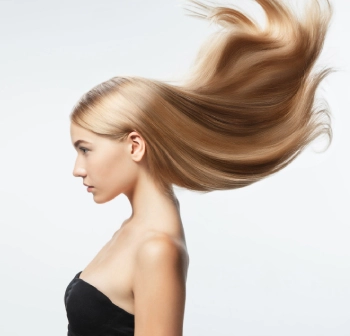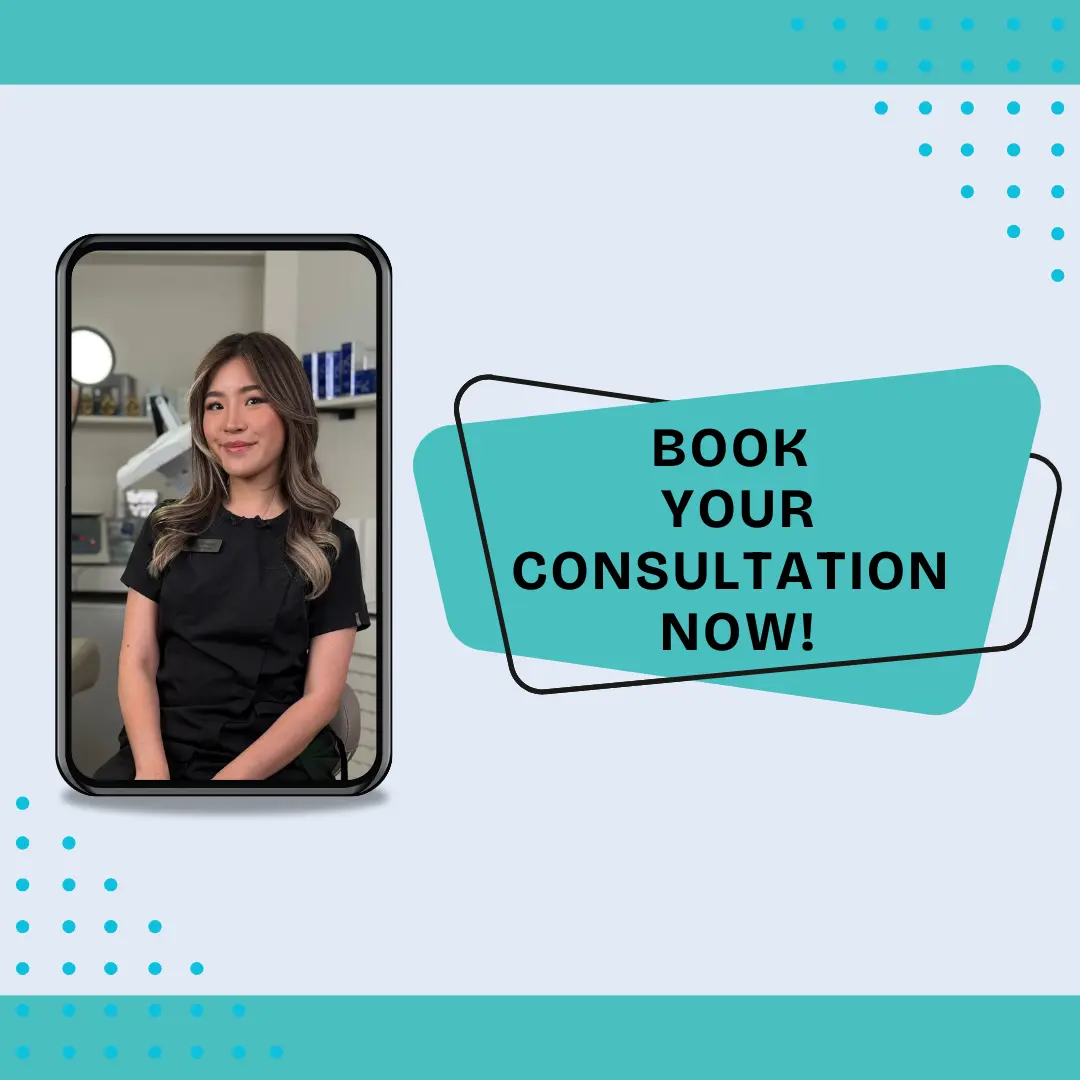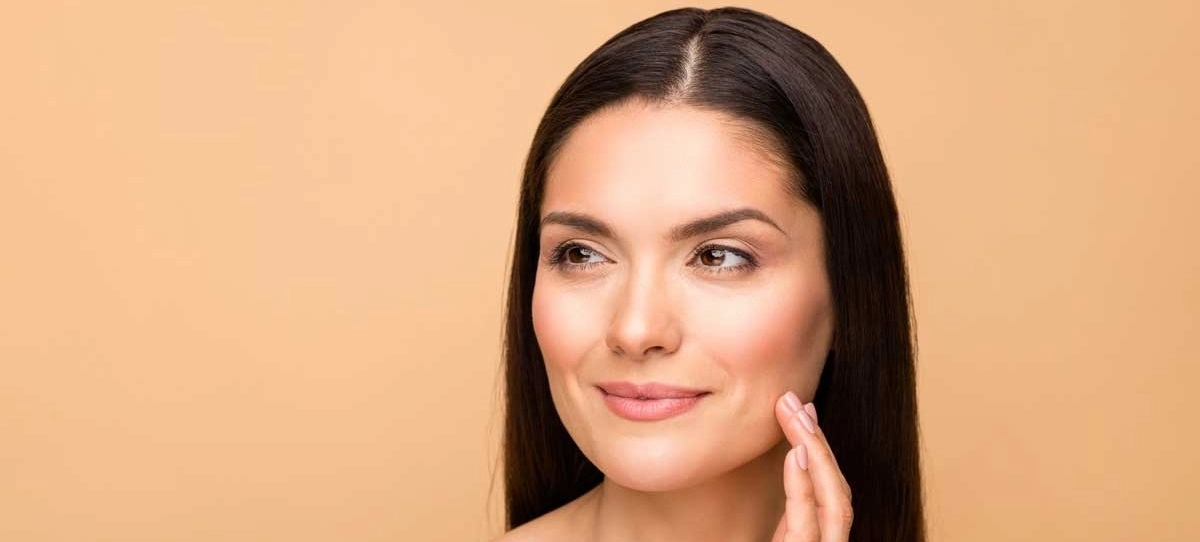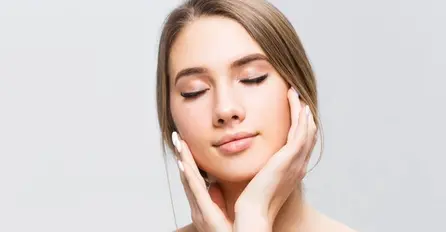Non Surgical Blog
What is PRP and why should it be implemented into your routine
- 3 November 2021
- 8 min read

PRP stands for platelet-rich plasma, and it’s an increasingly common treatment where a person’s own plasma is re-injected into areas of the body, the face, or the hair to rejuvenate the skin and to stimulate hair growth.
PRP is often used for the face..
This treatment has been more and more used, especially in the past 5- 6 years, as it’s straightforward, quick, and has virtually no downtime.
It can be used in areas such as the skin and the scalp, to help them restore their ideal conditions.
PRP can be part of an overall strategy to help you look your best and treat facial ageing, discolouration, and hair loss, for both women and men.
The results have been documented and validated in several studies and dermatological literature, and it can be seen as a form of regenerative medicine, as when we inject it, we stimulate that healing and regenerative mechanism that is entirely natural and effective.
PRP stands for platelet-rich plasma, and it’s a concentration of wound healing growth factors that are naturally found in the blood. This substance stimulates collagen and blood supply and contains several factors that, in the concentrated form, are shown to have anti-ageing properties.
It’s a straightforward procedure; we draw the blood, spin it in a special centrifuge, and then we extract the platelets. The result of this centrifuge contains all the growth factors beneficial for the skin and harnessing your own growth factors allows for the best results as it’s unique to you!
The areas most commonly injected in the face include the undereye, to make it look brighter and consequently make you look more rested, the orbital area, so around the mouth, to reduce the appearance of the nasolabial folds and any fine lines around the lips, and in the glabella, to reduce the shadows that often form between the eyebrows that make you look angry all the time.
PRP can be used on the scalp and on the beard area to restore it too, hence why is so popular between men too.
We noticed great results in our patients, both adult men and women, as the treatment is suitable for both.
Hair PRP results have in fact, been documented in several studies and dermatological literature, and it can be seen as a form of regenerative medicine, as when we inject it, we stimulate that healing and regenerative mechanism that is entirely natural and effective.
Hair PRP is indicated for those with hair loss and for the people with fine hair that have to use hair extensions or wigs in their everyday life to get thick and long hair.
When it comes to medical conditions, the best candidates are those who don’t suffer from Telogen Effluvium or scarring Alopecia and don’t have any medical history of thyroid issues or lupus. People on blood thinners may experience a less visible result due to their platelets working less effectively.
If you’re uncertain about being a candidate for the treatment, we will help you figure out the best option for you during this very process.
After drawing your blood, we will centrifuge it for 10 minutes so we can separate the red , the pro-inflammatory white . After the procedure, we will obtain a layer of platelet-rich plasma that contains several growth factors.
Usually, we draw from 1 to 2 vials, which are often enough for the whole face and neck.
The procedure is also very quick, as, in about 10-15 minutes, we will inject the face with your own body PRP.
We can help diminish fine lines, creases and to improve the texture of the skin as well as creating a fuller beard and hairline.
The results are noticed quite quickly after the treatment, and the more treatment you have, the more enhanced benefits you will notice.
PRP is an entirely natural procedure as it comes from your own body and have long-term benefits.
PRP refers to taking your blood and spinning it down to obtain platelet-rich plasma; platelets are part of the blood that is responsible for clotting; therefore, they contain different growth factors, which can stimulate collagen production and healing processes to smooth out fine wrinkles and fine lines, to make the skin look younger, firmer, and even, overall giving a more radiant look.
We are reintroducing natural factors in the skin, where these growth factors are needed. The recovery is very quick, as you can go back to your everyday life right after the procedure.
PRP is a very safe procedure, and it’s well-tolerated.
You may have some discomfort, but it’s significantly reduced by the numbing cream that will be applied prior.
You may experience some flakiness due to the natural skin turnover, and it’s crucial not to pick at it!
Due to the injections, mild bruising can appear where the skin is very thin, such as around the eyes.
Redness and itchiness could also be experienced.
You will get better skin texture and reduce the appearance of wrinkles and fine lines; however, it’s not a permanent cure should you have any photoaging damage as a baseline. Wearing sunscreen will always be crucial!
PRP has been proven to be effective, and for those who may be interested in more details about the growth factors involved in it, we have listed them below:
- Insulin-Like Growth Factor (IGF) — a regulator of normal physiology in nearly every type of cell in the body
- Transforming Growth-Factor-Beta (TGF-b) — promotes the growth of matrix between , bone metabolism
- Platelet-Derived Growth Factor (PDGF) — promotes blood vessel growth, cell replication, skin formation
- Epidermal Growth Factor (EGF) — promotes cell growth and differentiation, blood vessel formation, collagen formation
- Fibroblast Growth Factor-2 (FGF-2) — promotes the growth of specialised and blood vessel formation
- Vascular Endothelial Growth Factor (VEGF) — promotes the formation of blood vessels
Usually PRP is combined with other procedures such as microneedling, mesotherapy, or dermal fillers.
The PRP can be injected into the skin and can also be applied like a cream right after a micro-needling treatment as it will get into the tiny channels opened by the procedure.
It stimulates collagen to give cosmetic rejuvenation.
PRP can also be combined with filler to increase volume and stimulate collagen production.
PRP can be applied after laser resurfacing to improve skin elasticity and makes the skin smoother, especially around the eyes with the crow’s feet.
The treatment is very safe and non-invasive.
On the day of the visit, our specialised practitioner will draw blood, which will then be put inside a special centrifuge to separate the PRP from the rest of the blood.
After that, you will be given a topical anaesthetic so to make the procedure more comfortable.
You will then receive the treatment on the face by tiny injections in this area so that collagen can be stimulated, and the rejuvenating process can start.
PRP should be maintained over time to enjoy the benefits of the results. Typically, it’s advised to have 2 to 3 treatments initially and then have one every six months for maintenance.
PRP is an essential tool to slow down the ageing process, as it will boost collagen production and improve the look of wrinkles and fine lines.
It cannot be a substitute for an unhealthy lifestyle, such as smoking or drinking or having a bad diet and having a lack of sleep.
Anyone can have PRP treatment, but there are a few contraindications.
If you’re a smoker, you should ideally abstain from smoking a couple of weeks prior to the procedure and up to 72 hours after it, as smoking impedes the healing process.
If you have low platelets, you’re probably not going to be a candidate for PRP, so it’s advised to discuss it with the specialist during consultation.
Over the counter painkillers, such as aspirin and ibuprofen, should be avoided at least 48 hours before the treatment.
After having PRP done, it’s crucial to avoid a few things: sunbathing should be avoided, and in general, it’s crucial to be careful with the sun exposure as, especially during the first 72 hours, the skin will be very vulnerable; hence wearing an SPF 50 sunscreen is fundamental.
It’s also recommended to avoid alcohol, smoking for 72 hours, as they both suppress healing, which is the whole goal of the PRP treatment.
Overall, there is minimal risk of side effects or risks; you may experience some minor redness and swelling, as well as pinprick bleeding at the injection sites. These will resolve in a couple of hours post-treatment.
We have extensive experience in the medical field. We are well known for our clinic and expertise in aesthetics.
We love to look after our clients even after the procedures, and we are grateful for the hundreds of positive feedback that we received from our patients.
Some people may not be suitable for this treatment; If you want to know more about PRP and figure out if you’re a good candidate for this procedure, feel free to contact us and leave a message, we will get back to you as soon as possible.




